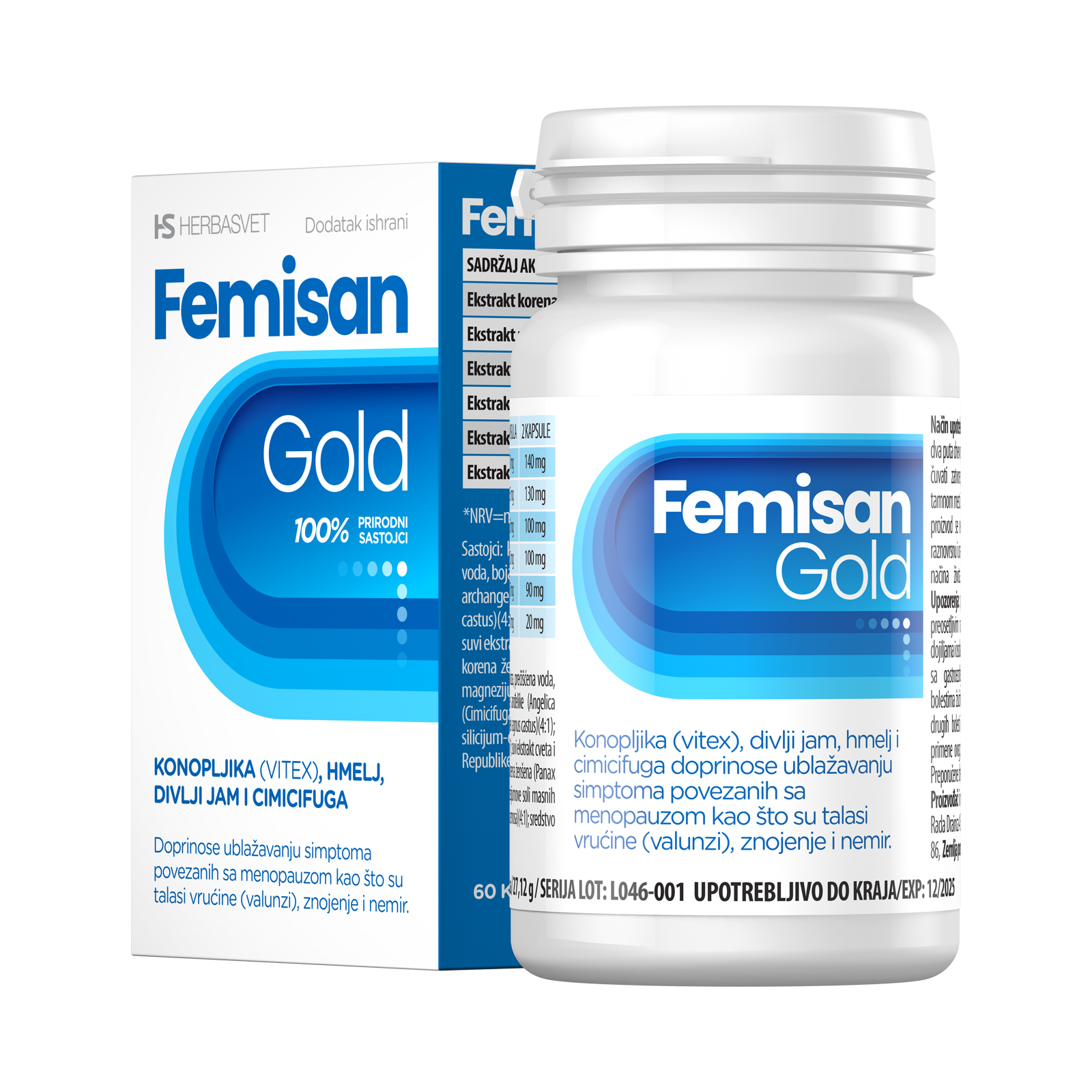(Dioscorea villosa)
The Dioscoreaceae plant family contains over 750 species, including the yam. This herbaceous plant is widely grown in Africa – West Africa produces 95 per cent of the world’s total crop. However, it is also found throughout Central and South America and Asia, especially southeast Asia, which is considered to be its proto-homeland. Yam, which is used as foodstuff by over 300 million people today, has a tuber which has saved many people from starvation over the centuries, alongside potatoes, sweet potatoes and cassava. Although similar, yam and sweet potato are completely separate species. While sweet potatoes have a thin skin and juicy starch-free tuber, yam has a very hard, woody skin under which the flesh is full of starch. Yam contains more carbohydrates, fibres, potassium, vitamins C, B6 and E, than are found in sweet potatoes. Unlike cultivated yam, wild yam – Dioscorea villosa – originates from humid, swampy forests of the eastern part of the North American continent. It can be grown in shady and moist soil and it needs support because the above-ground part grows like a creeper with bright green, heart-shaped leaves. The root – rhizome – is taken out in the autumn, after the plant matures and the fruit (a capsule containing seeds) begins to wither.
Modern research has revealed that tubers of cultivated yam contain polyphenols and have numerous positive effects on the body. However, wild yam is not edible – if eaten raw it can cause nausea. But this seemingly inconspicuous plant has miraculous powers. The healing properties of wild yam were first discovered by the American Indians. They used it to soothe stomach cramps (which is why it is sometimes called “colic root” today) and to relieve labour pains. And indeed they were on the right track, because today we know that the most important ingredient of this plant is diosgenin, which has played an important role in modern pharmacy. When scientists isolated diosgenin in the 1950s, they realised they had phytoestrogen in front of them that could be chemically converted to the hormone progesterone. And that is how the first contraceptive pill was made from diosgenin.
WILD YAM AS PREVENTION AND CURE
To be effective, wild yam must be professionally processed in the laboratory. That is why it is used in the form of capsules or tinctures in modern medicine. Today, this plant is used to alleviate the symptoms of PMS, to treat low sex drive, menstrual cramps, infertility, prevent the risk of miscarriage, reduce labour and postpartum pain, relieve nausea and, most importantly, the symptoms and consequences of menopause.
When the level of sex hormones begins to fall and oscillate more drastically between 45 and 50 years of age, women can experience unpleasant symptoms: hot flashes, sweating, nervousness, insomnia, mood swings, headaches, joint pain, mental fog, forgetfulness and poor concentration, anxiety or depression. From that moment on, and especially after the final entry into menopause, which officially happens a year after the last menstruation, due to loss of protective effects of hormones, women are more prone to some disorders and diseases: weight gain, cardiovascular disorders, diabetes and osteoporosis. Unfortunately, due to the enormous exposure to hormonal disruptors, stress and pollution, nowadays women are entering menopause earlier and the first symptoms may appear in the late thirties and early forties.
DIOSGENIN, SALVATION IN MENOPAUSE
Apart from the fact that it has been proven that wild yam, as an excellent phytoestrogen, has exceptional power to balance hormones due to diosgenin, studies have shown that this plant has even greater potential thanks to special proteins that not only stimulate estradiol and progesterone secretion, but also increase bone density. By doing so they effectively prevent osteoporosis and have the power to stimulate cognitive functions. Today, when we are aware of the negative effects of hormone replacement therapy, wild yam is offered as a natural solution which is at the same time very effective in the treatment of the symptoms and risks posed by menopause.
In addition to preventing osteoporosis, research has shown that wild yam also reduces the risk of breast cancer, which also often occurs during the period when hormones begin to oscillate strongly. And that is just one of numerous beneficial effects of wild yam. This plant also has a proven strong anti-inflammatory and analgesic effect, which is valuable for menopausal women, when joint pain, swelling and inflammation are common. It has this effect thanks to diosgenin, which has proven to be medicinal when it comes to cardiovascular health. Namely, diosgenin has a positive effect on vascular smooth muscle cells, which makes it an ideal prevention of atherosclerosis. If we add to all this diosgenin’s beneficial role in regulating blood insulin levels, which directly contributes to the prevention of insulin resistance, metabolic syndrome and type 2 diabetes, as well as proven reduction of bad LDL cholesterol, it is clear why wild yam is valuable to women in transition period.
For all these reasons, wild yam is one of the ingredients in a new preparation made by the Herba Svet laboratory intended for women entering menopause: Femisan Gold. The synergistic effect of wild yam, chaste tree, hops, black cohosh, angelica and ginseng helps women to maintain the protective effect of hormones in a natural way for as long as possible, effectively prevents physiological and mental symptoms that can greatly disrupt the functioning and performance of daily duties and helps prevent disorders common in menopause: osteoporosis, diabetes, cardiovascular disorders and breast cancer. Femisan Gold – for a carefree golden age.

